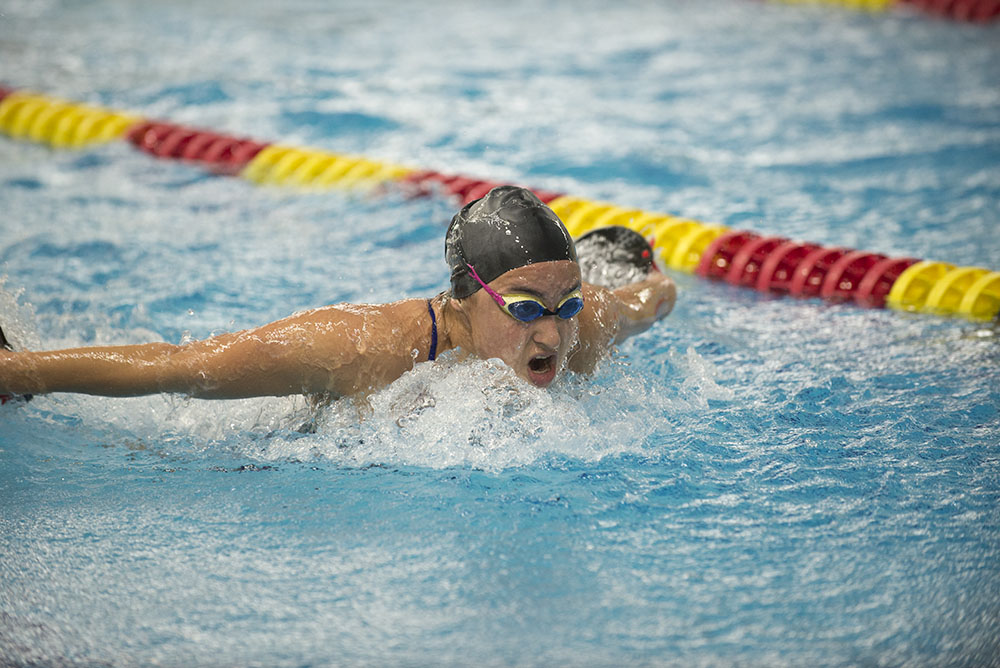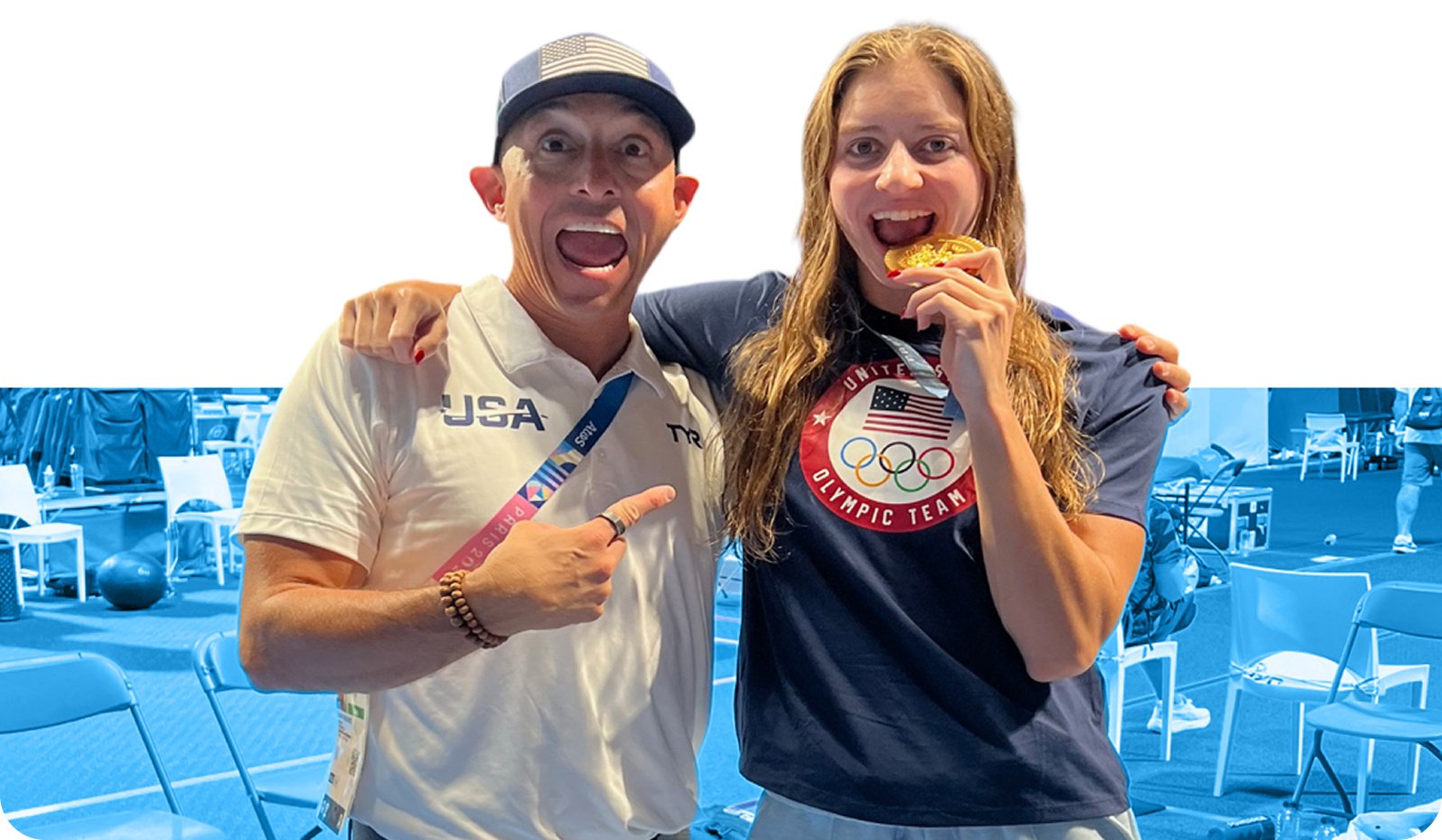Swimming butterfly is no joke. Unlike other strokes, you can’t get away with putting in minimal effort in butterfly, even when you’re doing an easy set.
This sometimes makes it challenging to train for speed because fatigue is quick to set in. But, with proper technique and consistent practice, working to improve your butterfly will be less daunting.
Here are a few components to focus on to swim butterfly faster:
Underwater Kicks
A fast butterfly starts underwater - tight streamline combined with powerful dolphin kicks allows you to sustain more speed from the push-off or dive and set up for a strong breakout. Putting in the effort to optimize time underwater guarantees a faster swim.
Body position
Undulation is a term often associated with butterfly. If done properly, it helps increase the propulsion of each stroke by setting up the arms for a stronger catch and enabling better utilization of the core and hips for more powerful kicks.
The key is to use this motion to drive forward, instead of simply going up and down. Lead with the chest in the forward motion, not the head, and use the core to power the kicks.
Time your breath right, stay low and make sure you’re not tilting your head up or lifting too high out of the water. Otherwise, body alignment will be compromised - legs and hips will drop and your arms will not be in a good position for the recovery.
The pull
Start the catch early. Once the hands enter the water (palms facing down, around shoulder width), keep your elbows high and pull the water back, all the way past the hips before bringing them out.
Aim for controlled, but relaxed recovery. This is more efficient than muscling through the recovery, which expends unnecessary energy and adds strain to the shoulders.
During the pull, avoid the temptation of pushing down to get your head up for a breath, as this will only increase drag.
And, always finish your pull to really maximize each stroke. You will lose out on a good amount of propulsion if your arms exit the water too early.
The second dolphin kick
The second dolphin kick is a critical component of a fast butterfly. It provides the propulsive force that completes your pull with a strong finish and sets up your arms for a relaxed recovery.
Not only does it generate increased swimming speed, it also reduces drag, helping maintain proper body position by preventing the legs and hips from sinking or the upper body from going too high out of the water.
However, the second kick is often an easily missed step because the legs aren’t properly set up for the down-kick. Remember to actively bend the knees back for the up-kick so you’re in a position to execute a solid second kick.
Timing
In butterfly, the rhythm of your strokes is mainly set by the kicks, the arms moving in time with the legs - faster kicks mean faster stroke rate.
The first kick happens after the recovery, as the hands (and face) enter the water. This is immediately followed by the second kick, at which point the arms should be finishing the pull, using the kick to bring your arms (and face) out of the water and your body forward.
Swimming fast means swimming efficiently, and mastering timing is key, especially in butterfly. Without it, body position will be off, and the power of your pulls and kicks will not be properly utilized to gain speed.





.png)
.png)